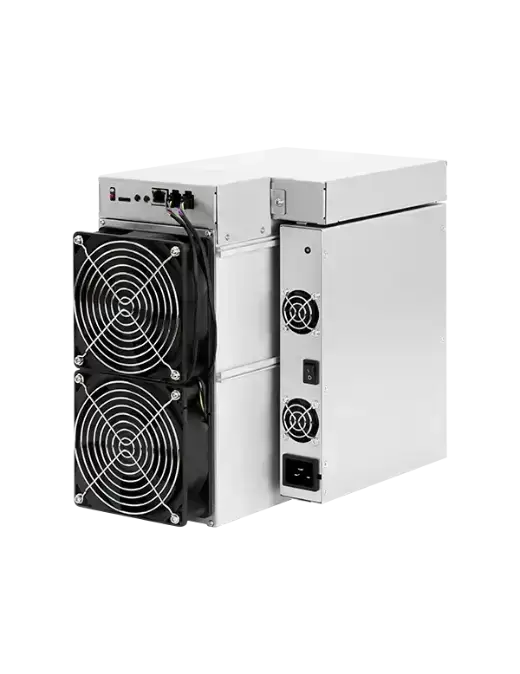Unveiling the Superscalar K10 FPGA
The cryptocurrency mining landscape is witnessing a paradigm shift with the introduction of the Superscalar K10 FPGA. This application-specific integrated circuit (ASIC) miner is not just another addition to the market; it is a game-changer, particularly for those invested in the emerging Kaspa coin, which operates on the kHeavyHash algorithm. The Superscalar K10 is engineered to mine Kaspa, a digital currency that’s swiftly carving its niche in the competitive crypto space due to its increasing popularity and profitability.

Superior Performance Meets Value
When it comes to mining hardware, the Superscalar K10 doesn’t just perform; it outperforms. It transcends the capabilities of the e300 FPGA, the only non-GPU oriented alternative until now, both in performance and value. This leap is not a small step but a giant leap for miners looking to maximize their returns.
The kHeavyHash Algorithm: Optimized Proof-of-Work
The kHeavyHash algorithm stands at the core of the K10’s innovation. It is intricately designed to enhance the proof-of-work for KAS, making the K10 one of the most proficient mining machines available. What does this mean for the miner? With a formidable hash rate of 30 GH/s, the Superscalar K10 can mine approximately 686 Kaspa coins daily (subject to market conditions).
Efficiency That Transcends Expectations
In the world of crypto mining, efficiency is king. The Superscalar K10 reigns supreme with a power consumption of only 1700W. This efficiency isn’t just about energy conservation; it’s about cost-effectiveness. Mining Kaspa coins with the K10 means significantly lowering the energy expenses associated with mining operations.
Built to Last: Warranty and Durability
Every miner seeks not just performance but also reliability. The Superscalar K10 comes with a reassuring 6-month manufacturer warranty, ensuring that your investment is protected. Additionally, the inclusion of a power supply means you’re ready to mine right out of the box.
Beyond Kaspa: A Versatile Mining Solution
While the K10 is optimized for Kaspa, its versatility extends to other coins like Alephium (ALPH), Radiant (RXD), and IronFish (IRON), offering miners a broad spectrum of mining possibilities.

Detailed Specifications: The Superscalar K10 at a Glance
- Manufacturer: Superscalar
- Model: K10
- Hashrate: 30.00 Gh/s (±10%)
- Power Consumption: 1700 W (±10%)
- Noise Level: 75 Db
- Cooling: Equipped with 2 robust fans
- Connectivity: Ethernet interface for seamless networking
- Operating Conditions: Designed to operate optimally within a temperature range of 5-35 °C and a humidity range of 5-95%























